Market Trends
Key Emerging Trends in the Cosmetics Personal Care Ingredients Market
The cosmetics and personal care ingredients market is experiencing significant trends that are reshaping its landscape and driving growth in the industry. One notable trend is the increasing demand for natural and organic ingredients in cosmetic and personal care products. With growing consumer awareness about health, wellness, and sustainability, there is a rising preference for products formulated with natural extracts, botanicals, and plant-based ingredients that are perceived to be safer, gentler, and more environmentally friendly. Manufacturers are responding to this trend by sourcing organic and sustainably harvested ingredients, avoiding synthetic chemicals, and offering clean label formulations that resonate with eco-conscious consumers.
Moreover, there is a growing emphasis on innovation and product differentiation in the cosmetics and personal care ingredients market. With intense competition and changing consumer preferences, there is a need for innovative ingredients that offer unique benefits, textures, and sensory experiences in cosmetic and personal care products. Manufacturers are investing in research and development to develop novel ingredients, delivery systems, and formulations that address specific consumer needs such as anti-aging, hydration, skin brightening, and hair care. This trend is driving collaborations between ingredient suppliers, formulators, and brands to bring innovative products to market quickly and effectively.
Another significant trend in the cosmetics and personal care ingredients market is the increasing focus on sustainability and ethical sourcing practices. As concerns about environmental degradation, deforestation, and biodiversity loss grow, there is a growing demand for ingredients that are sourced responsibly, minimize environmental impact, and support local communities. Manufacturers are partnering with farmers, cooperatives, and NGOs to implement sustainable farming practices, protect natural habitats, and promote fair trade principles in ingredient sourcing. Additionally, there is a growing trend towards upcycling and repurposing waste materials to produce ingredients, reducing waste and promoting circular economy principles in the cosmetics and personal care industry.
Furthermore, the cosmetics and personal care ingredients market is witnessing a shift towards multifunctional ingredients that offer multiple benefits in a single formulation. With consumers seeking convenience and simplicity in their skincare and personal care routines, there is a growing demand for products that combine multiple active ingredients to address multiple skin or hair concerns simultaneously. Manufacturers are developing multifunctional ingredients such as antioxidants, peptides, and botanical extracts that offer anti-aging, moisturizing, and soothing properties in one formulation, enabling brands to create streamlined product portfolios and cater to the evolving needs of consumers.
Moreover, the COVID-19 pandemic has accelerated the adoption of digitalization and e-commerce in the cosmetics and personal care ingredients market. With the closure of physical retail stores and social distancing measures, there has been a greater reliance on online channels for product discovery, shopping, and distribution. Manufacturers are investing in digital marketing, e-commerce platforms, and virtual product experiences to engage consumers, drive sales, and adapt to changing consumer behaviors in the post-pandemic era. Additionally, there is a growing trend towards personalized beauty and customization, with consumers seeking products tailored to their individual needs, preferences, and skin types. Manufacturers are leveraging technology such as AI and machine learning to analyze consumer data, develop personalized formulations, and create bespoke beauty solutions that cater to the unique needs of each consumer.
Additionally, regulatory requirements and safety standards are driving innovation and compliance in the cosmetics and personal care ingredients market. With stricter regulations governing ingredient safety, labeling, and claims, there is a growing need for ingredients that meet regulatory requirements and industry standards. Manufacturers are investing in safety testing, efficacy studies, and regulatory compliance to ensure that their ingredients meet the highest standards of quality, safety, and performance. This trend is driving transparency and accountability in the cosmetics and personal care industry, empowering consumers to make informed choices about the products they use on their skin and hair.


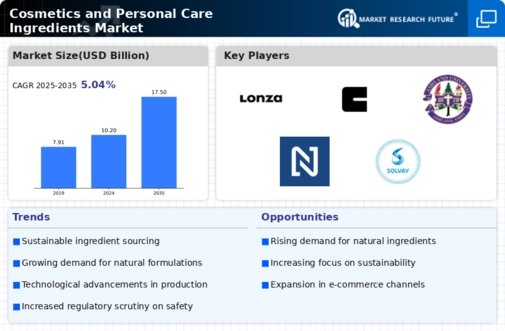
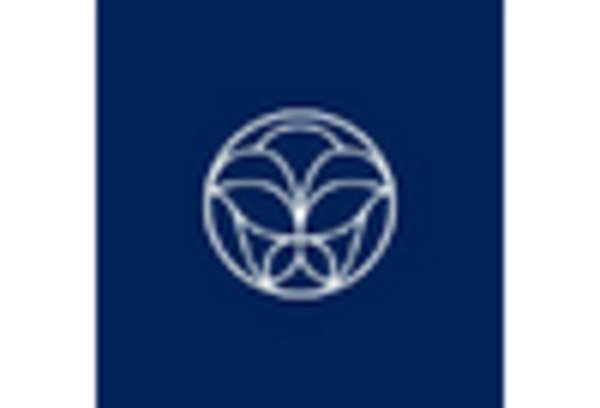
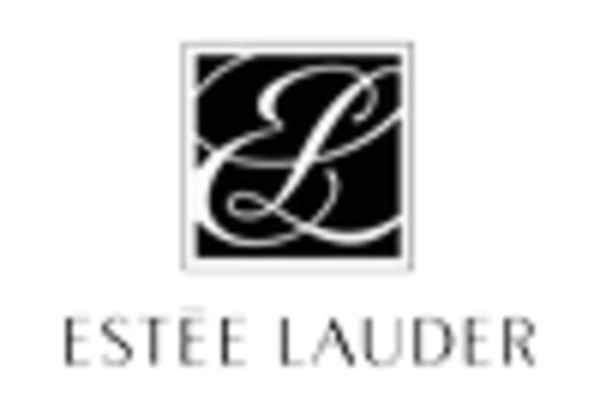
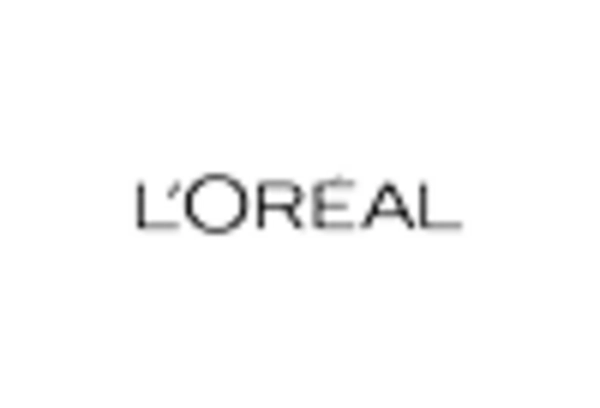
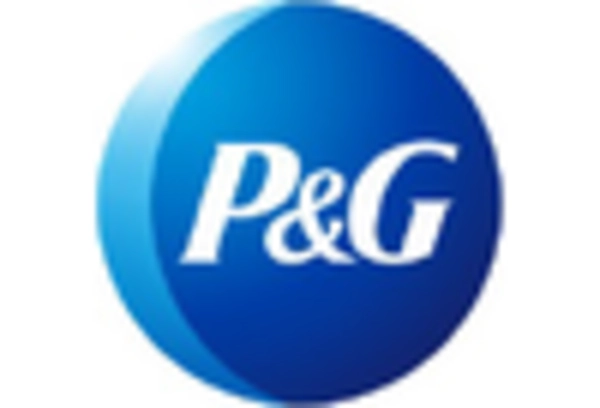
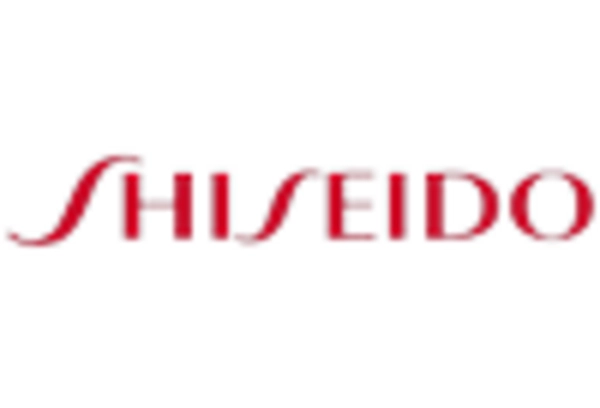
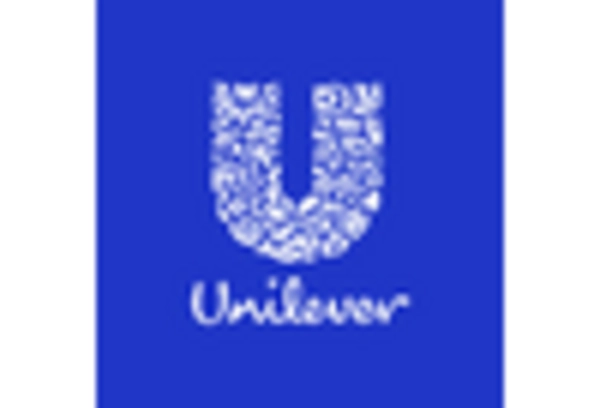









Leave a Comment